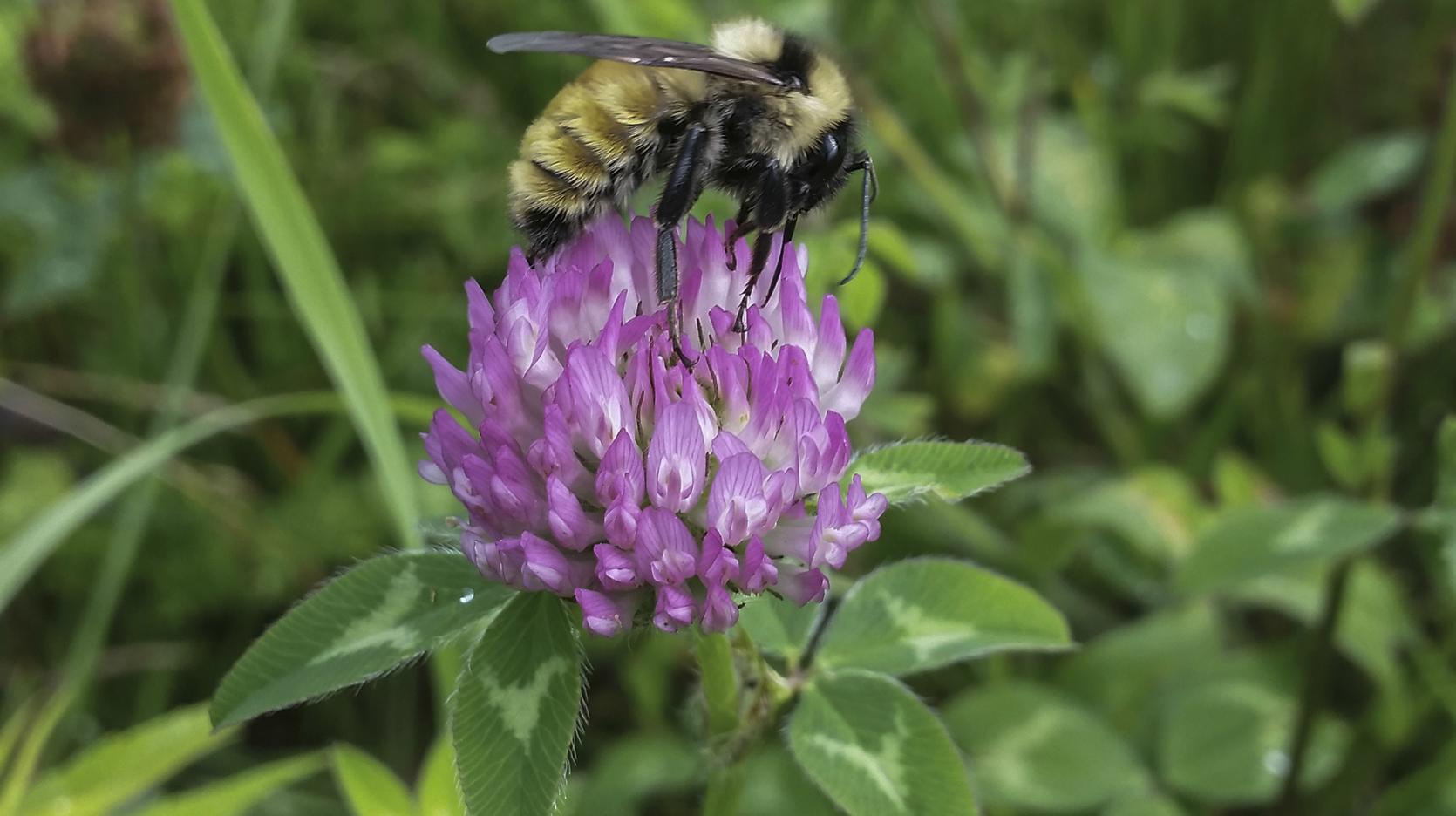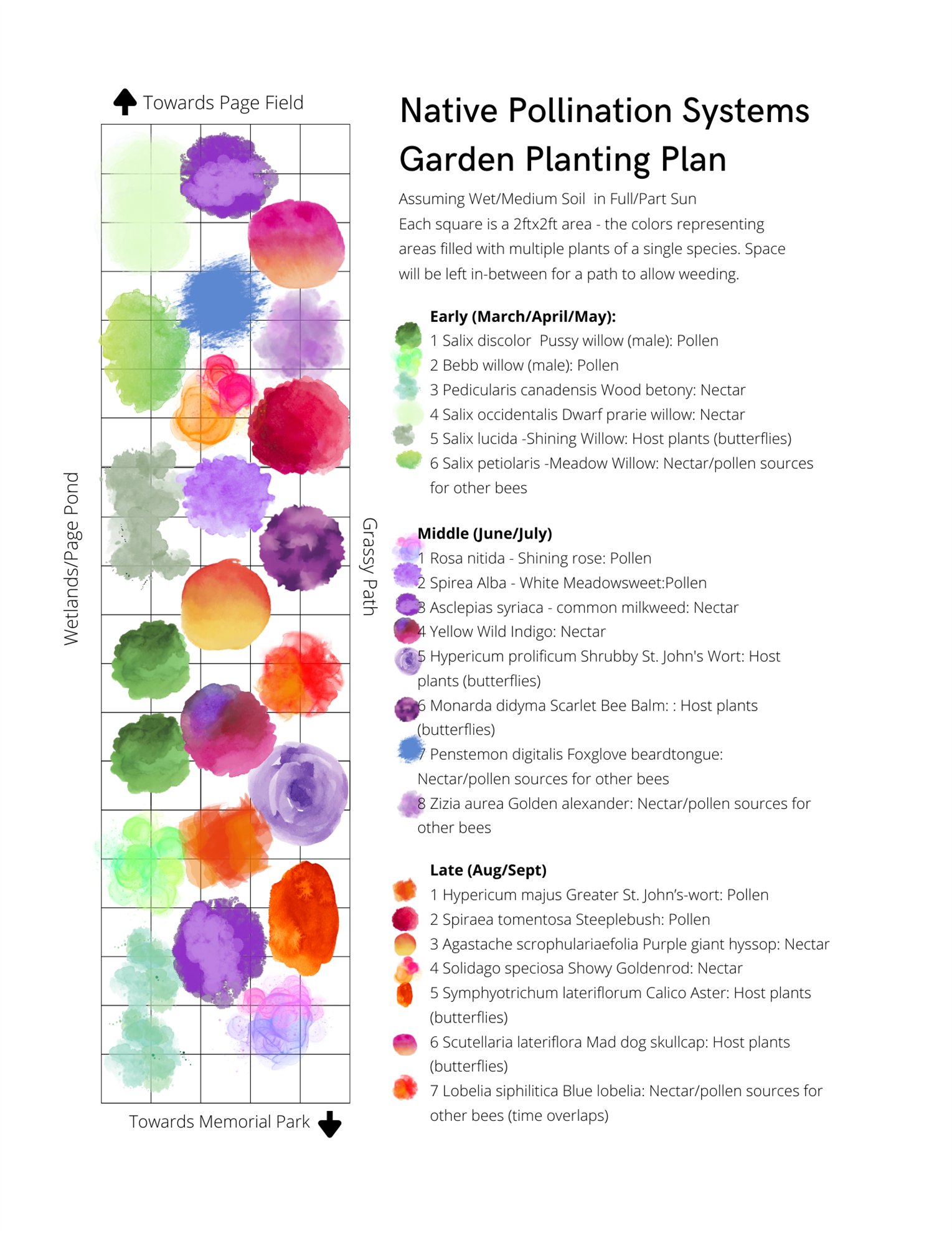 To save native pollinators, we must restore pollination systems and rebuild functionally diverse native habitat. Pollination Ecologist and Conservation Biologist Robert Gegear, Ph.D. has been studying the ecology, evolution and conservation of pollination systems native to eastern North America for over 25 years. An Assistant Professor of Biology at the University of Massachusetts Dartmouth as well as Founder and Director of the New England Beecology Project, Dr Gegear has compiled a list research-based native plants to support native-pollinators at risk.
To save native pollinators, we must restore pollination systems and rebuild functionally diverse native habitat. Pollination Ecologist and Conservation Biologist Robert Gegear, Ph.D. has been studying the ecology, evolution and conservation of pollination systems native to eastern North America for over 25 years. An Assistant Professor of Biology at the University of Massachusetts Dartmouth as well as Founder and Director of the New England Beecology Project, Dr Gegear has compiled a list research-based native plants to support native-pollinators at risk.The list primarily focuses on native plants to support MA bumblebees at risk but also includes plants supporting butterflies and other bee species at risk: https://gegearlab.weebly.com/plant-list.html
Lincoln Land Conservation Trust, along with Dr Gegear developed Toolkits to create pollinator-supporting sites in the area. The Toolkits have been created to specifically target and support bee and butterfly species which are threatened or at risk in Northeastern Massachusetts. The study format is based upon years of intensive field and lab observations by Dr. Gegear, which correlate at-risk bee and butterfly species with particular pollen, nectar and host plants, as well as nesting preferences.
The area in Page field that we will use receives full sun throughout most of the day which is suitable for most pollinator-friendly native plants. We will choose a wide-variety of plants with over-lapping and sequential bloom periods to provide food for pollinators throughout the season. We will use native species over cultivars. We will plant densely, using native ground covers as “green mulch,” leaving some bare soil for the 70 percent of native bees that nest in the ground. We will plant in drifts of 3 or more plants to be noticed by pollinators - each plant will cover at least a 3x3ft area, some more.

